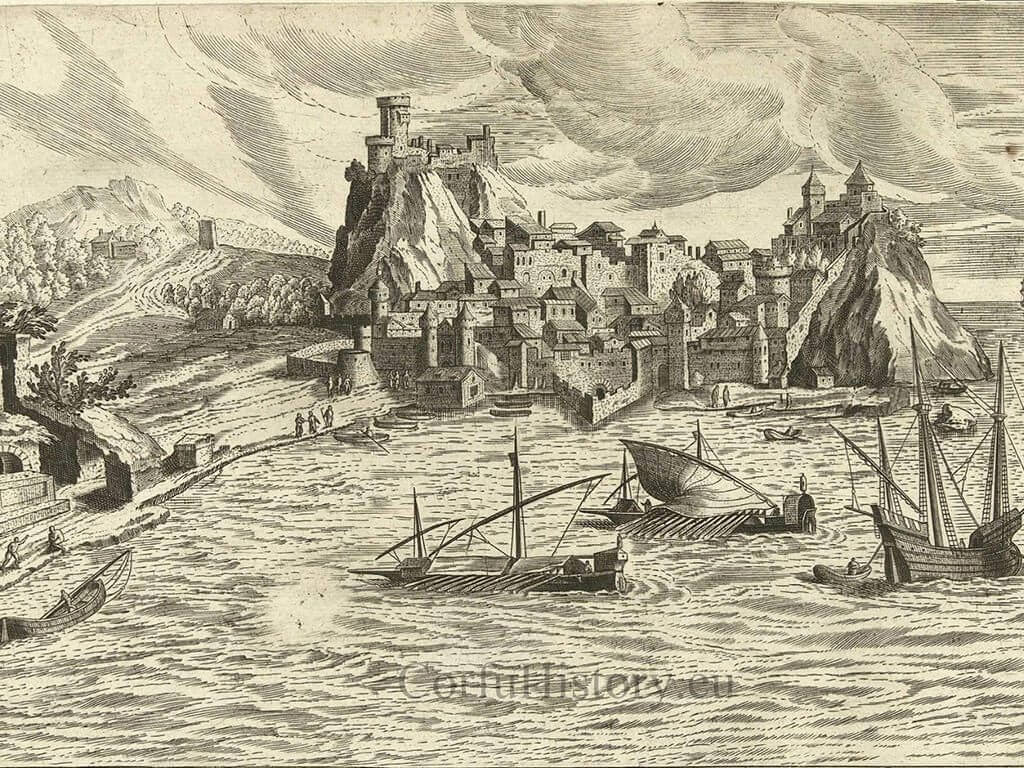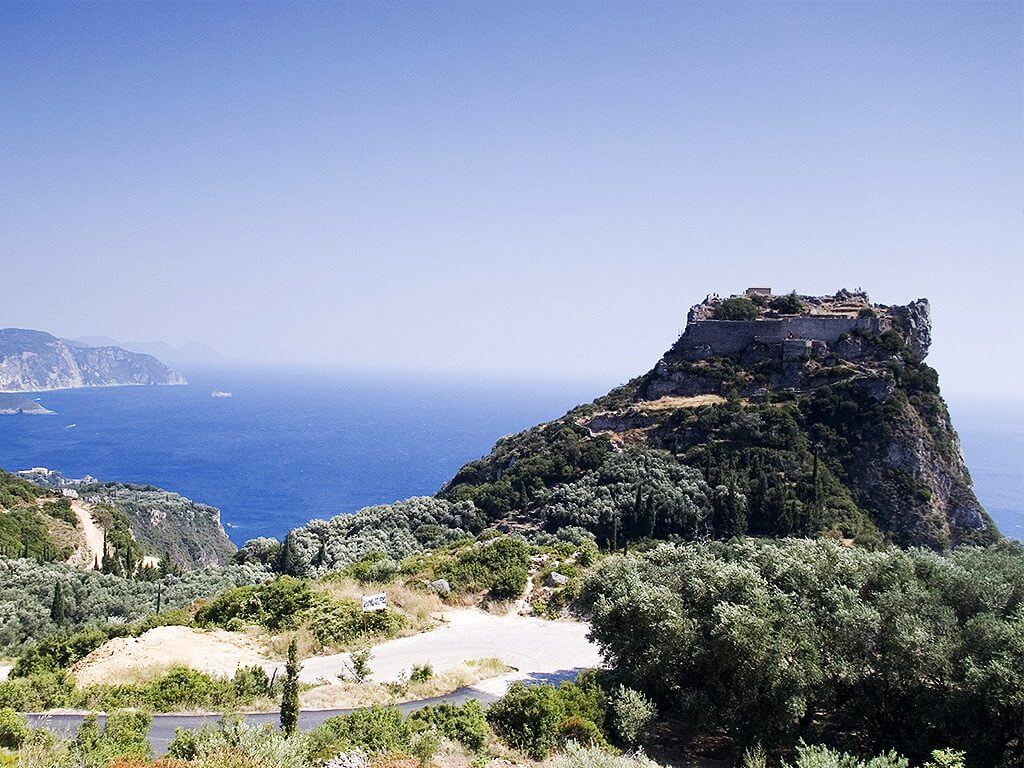
Achilleion
The Achilleion property was originally owned by Corfiote philosopher and diplomat Petros Vrailas Armenis and it was known as “Villa Vraila”. In 1888 the Empress of Austria after visiting the place decided that it was the ideal location for her to build her palace in Corfu. The palace was designed by Italian architect Raffaele Caritto and built on a 200,000m2 area. Elizabeth’s husband, emperor Josef of Austria, had owned some nearby land as well. Ernst Herter, a famous German sculptor, was commissioned to create works inspired from Greek mythology. His famous sculpture Dying Achilles, created in Berlin in 1884 as inscribed in the statue, forms the centrepiece of the Achilleion Gardens.
The architectural design was intended to represent an ancient Phaecian palace. The building, with the classic Greek statues that surround it, is a monument to platonic romanticism as well as escapism and was, naturally, named after Achilles: Achilleion.
The Triumph of Achilles by Franz von Matsch. Achilles is seen dragging Hector’s lifeless body in front of the Gates of Troy. (From a panoramic fresco on the upper level of the main hall)
The place abounds with paintings and statues of Achilles, both in the main hall and in the lavish gardens depicting the heroic and tragic scenes of the Trojan war. The architectural style is Pompeian and has many parallels to that of the Russian imperial residence in Crimea. Elisabeth wrote that “I want a palace with pillared colonnades and hanging gardens, protected from prying glances – a palace worthy of Achilles, who despised all mortals and did not fear even the gods.”
The Imperial gardens on top of the hill provide a majestic view of the surrounding green hill crests and valleys as the Ionian sea gleams in the background.
Elisabeth used to visit the place often until 1898 when she was assassinated in Geneva by Italian anarchist Luigi Lucheni.
Reference: Wikipedia











